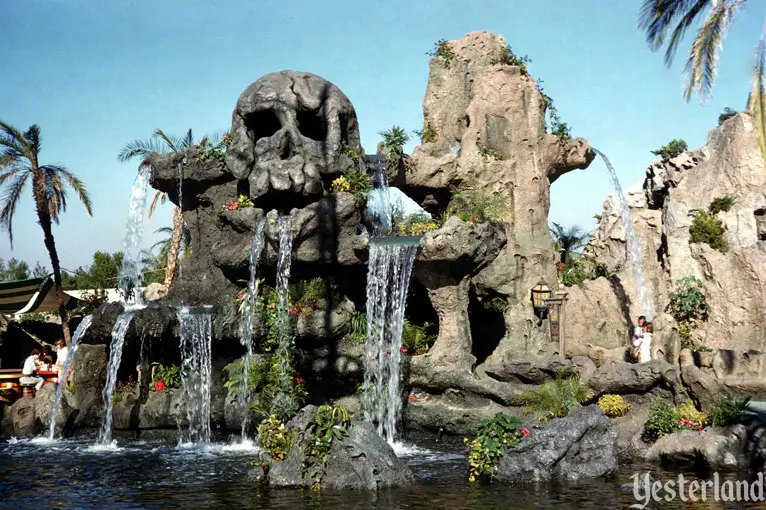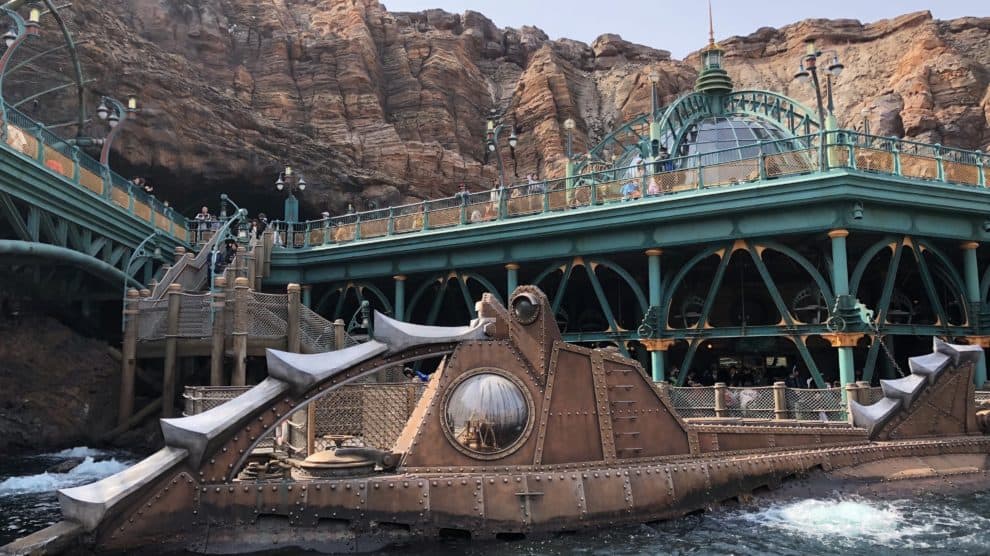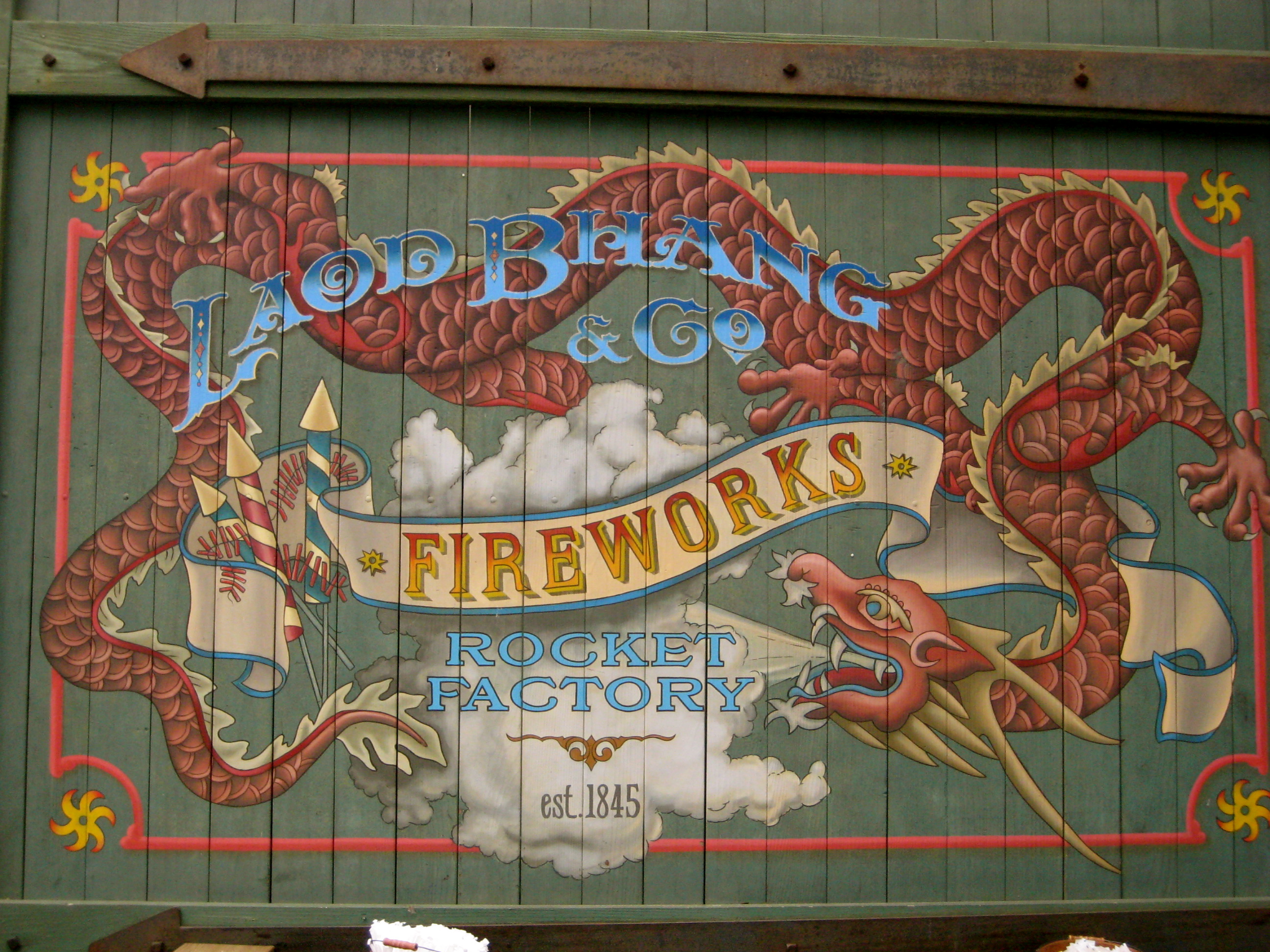Walt Disney Studios, Burbank, CA
September 2, 1979
George Lucas was back at it again, working with Lawrence Kasdan to finish up the script (Leigh Brackett, the first writer, had died of cancer the year before) for The Empire Strikes Back, with some help from producer Gary Kurtz. Lucas' own wife, Marcia, would be helping edit the film, having taken a hiatus from his films with Raiders but was now itching to come back.
"We're shipping out for Norway to start filming for Hoth in February, so I'd like to have this script finished a bit before then," instructed Lucas, reclining in his seat.
"I think we're pretty close to finishing it, George," said Kasdan. "Maybe one more treatment, but I think it's looking really good already. The 'No, I am your father' twist at the end is phenomenal, I wasn't expecting it at all."
Lucas beamed. "I know, it was a fun segment to write. But I want that under wraps. No one--not even the actors--can know about Vader being Luke's father. There are only four souls on the planet who know the secret, and three of them are here in this room."
"Who's the fourth guy?" asked Kurtz.
"Walt."
"Oh, that reminds me, George. How's the merger going between LucasArts and Disney?"
"Good, good. They're actually starting construction on the new building for LucasArts and ILM across Riverside Drive right now."
The three men looked out the window, and sure enough a ways away men in hard hats and working cement mixers scurried around beneath towering cranes, constructing the foundation of the building.
"Walt told me that that was the spot he'd originally planned his first theme park to be, before his ambitions outgrew half-an-acre."
Gary Kurtz turned. "Now there's an idea. If Empire does as well as A New Hope, you might have a big enough Star Wars galaxy to make a theme park."
"Oh no, I don't think that'll be happening anytime soon. I've seen some of the ideas for the next Disney theme park. It's going to be in Florida, and the project is to be headed by Marc Davis. It's really cool, and if WDI keeps churning out original ideas like that, there's no place for movie tie-ins."
"I dunno," shrugged Kurtz. "Walt might be swayed by the idea of a flood of new guests, here to see the new Star Wars Land at the Magic Kingdom..."
Lucas laughed. "Nah. Walt's not like that. He doesn't care about the attendance numbers or ticket sales. He just wants to have fun, and not have anyone boss him around while doing it. I admire that in him."
"So you don't see Star Wars at the Disney Parks?" ventured Kasdan.
"Not anytime in the near future. There's just no place a Star Wars ride or land would thematically fit, and a whole theme park is too much to ask of Walt right now."
"Guess that settles that," said Kasdan, taking a sip of his drink.
"I guess it does," replied Lucas, gazing out the window at the studio below.
September 7, 1979
Barry Diller's office was cluttered with papers, documents, and old tapes. It was a miracle he could find anything in all the mess, but the man had an impeccable filing system in his mind. It was a shame he had too much on his mind to use that system.
"I'm sick and tired of playing third-fiddle to Disney and Universal. For Paramount to make it in the big leagues, we need to be more aggressive! Competitive! You all can see how big science-fiction is getting again, with Star Wars and Alien. We're predicting outstanding numbers at Star Trek: The Motion Picture's opening weekend. So I say we throw more weight behind Star Trek: Phase II!"
"I'm sorry, sir, but there's not much more we can do," said Jeffrey Katzenberg. "The show's still in pre-production, and even if we did start filming the Paramount Television Service isn't going to be operating until 1981 at the earliest."
Diller sighed. "At least we're doing better than the jokers at Fox. They're really putting all their eggs in Heaven's Gate's basket, aren't they?"
Katzenberg nodded grimly. "And from what I've heard, the production is way over budget and the film is turning out... poorly. Maybe they can make it better in editing, though."
"Hopefully. It would be a shame to lose an ally in the fight against Disney," mused Diller.
"Yes, it would. Though, they are our competition, too. So... it's a win-win for Paramount, really."
September 10, 1979
Michael Eisner was finally confident in Universal Pictures. It was the very first time he'd ever had the feeling that he and his studio were unstoppable.
And it was all because of Woody Woodpecker.
Sure, it was no Beauty and the Beast or The Snow Queen, or even Mickey Mousecapade. But it was still really good. His nine-year-old son Breck had enjoyed it a lot, and so had Eisner himself, which he figured was as good a gauge as any to measure Woody against. Had Disney been releasing an animated movie around the same time, there was no way Universal's would be able to stand up to it. But 1979's holiday season was practically empty, except for Paramount's Star Trek: The Motion Picture, which Eisner wasn't too worried about. They were completely different genres, and Woody Woodpecker was geared more towards kids, while Star Trek to pubescent boys.
Michael Eisner didn't even want to think about Atari, though. The developer hadn't had the best half-a-decade, being outdone by Disney every step of the way, except in the home console market, where the Atari 2600 was crushing all other competition. But in the arcades, it was lights out, unless Asteroids could pull a rabbit out of its hat.
Hopefully, that might happen.
September 2, 1979
George Lucas was back at it again, working with Lawrence Kasdan to finish up the script (Leigh Brackett, the first writer, had died of cancer the year before) for The Empire Strikes Back, with some help from producer Gary Kurtz. Lucas' own wife, Marcia, would be helping edit the film, having taken a hiatus from his films with Raiders but was now itching to come back.
"We're shipping out for Norway to start filming for Hoth in February, so I'd like to have this script finished a bit before then," instructed Lucas, reclining in his seat.
"I think we're pretty close to finishing it, George," said Kasdan. "Maybe one more treatment, but I think it's looking really good already. The 'No, I am your father' twist at the end is phenomenal, I wasn't expecting it at all."
Lucas beamed. "I know, it was a fun segment to write. But I want that under wraps. No one--not even the actors--can know about Vader being Luke's father. There are only four souls on the planet who know the secret, and three of them are here in this room."
"Who's the fourth guy?" asked Kurtz.
"Walt."
"Oh, that reminds me, George. How's the merger going between LucasArts and Disney?"
"Good, good. They're actually starting construction on the new building for LucasArts and ILM across Riverside Drive right now."
The three men looked out the window, and sure enough a ways away men in hard hats and working cement mixers scurried around beneath towering cranes, constructing the foundation of the building.
"Walt told me that that was the spot he'd originally planned his first theme park to be, before his ambitions outgrew half-an-acre."
Gary Kurtz turned. "Now there's an idea. If Empire does as well as A New Hope, you might have a big enough Star Wars galaxy to make a theme park."
"Oh no, I don't think that'll be happening anytime soon. I've seen some of the ideas for the next Disney theme park. It's going to be in Florida, and the project is to be headed by Marc Davis. It's really cool, and if WDI keeps churning out original ideas like that, there's no place for movie tie-ins."
"I dunno," shrugged Kurtz. "Walt might be swayed by the idea of a flood of new guests, here to see the new Star Wars Land at the Magic Kingdom..."
Lucas laughed. "Nah. Walt's not like that. He doesn't care about the attendance numbers or ticket sales. He just wants to have fun, and not have anyone boss him around while doing it. I admire that in him."
"So you don't see Star Wars at the Disney Parks?" ventured Kasdan.
"Not anytime in the near future. There's just no place a Star Wars ride or land would thematically fit, and a whole theme park is too much to ask of Walt right now."
"Guess that settles that," said Kasdan, taking a sip of his drink.
"I guess it does," replied Lucas, gazing out the window at the studio below.
--------------------------------
Paramount Studios, Hollywood, CA
September 7, 1979
Barry Diller's office was cluttered with papers, documents, and old tapes. It was a miracle he could find anything in all the mess, but the man had an impeccable filing system in his mind. It was a shame he had too much on his mind to use that system.
"I'm sick and tired of playing third-fiddle to Disney and Universal. For Paramount to make it in the big leagues, we need to be more aggressive! Competitive! You all can see how big science-fiction is getting again, with Star Wars and Alien. We're predicting outstanding numbers at Star Trek: The Motion Picture's opening weekend. So I say we throw more weight behind Star Trek: Phase II!"
"I'm sorry, sir, but there's not much more we can do," said Jeffrey Katzenberg. "The show's still in pre-production, and even if we did start filming the Paramount Television Service isn't going to be operating until 1981 at the earliest."
Diller sighed. "At least we're doing better than the jokers at Fox. They're really putting all their eggs in Heaven's Gate's basket, aren't they?"
Katzenberg nodded grimly. "And from what I've heard, the production is way over budget and the film is turning out... poorly. Maybe they can make it better in editing, though."
"Hopefully. It would be a shame to lose an ally in the fight against Disney," mused Diller.
"Yes, it would. Though, they are our competition, too. So... it's a win-win for Paramount, really."
--------------------------------
Universal Studios Lot, Universal City, CA
September 10, 1979
Michael Eisner was finally confident in Universal Pictures. It was the very first time he'd ever had the feeling that he and his studio were unstoppable.
And it was all because of Woody Woodpecker.
Sure, it was no Beauty and the Beast or The Snow Queen, or even Mickey Mousecapade. But it was still really good. His nine-year-old son Breck had enjoyed it a lot, and so had Eisner himself, which he figured was as good a gauge as any to measure Woody against. Had Disney been releasing an animated movie around the same time, there was no way Universal's would be able to stand up to it. But 1979's holiday season was practically empty, except for Paramount's Star Trek: The Motion Picture, which Eisner wasn't too worried about. They were completely different genres, and Woody Woodpecker was geared more towards kids, while Star Trek to pubescent boys.
Michael Eisner didn't even want to think about Atari, though. The developer hadn't had the best half-a-decade, being outdone by Disney every step of the way, except in the home console market, where the Atari 2600 was crushing all other competition. But in the arcades, it was lights out, unless Asteroids could pull a rabbit out of its hat.
Hopefully, that might happen.






